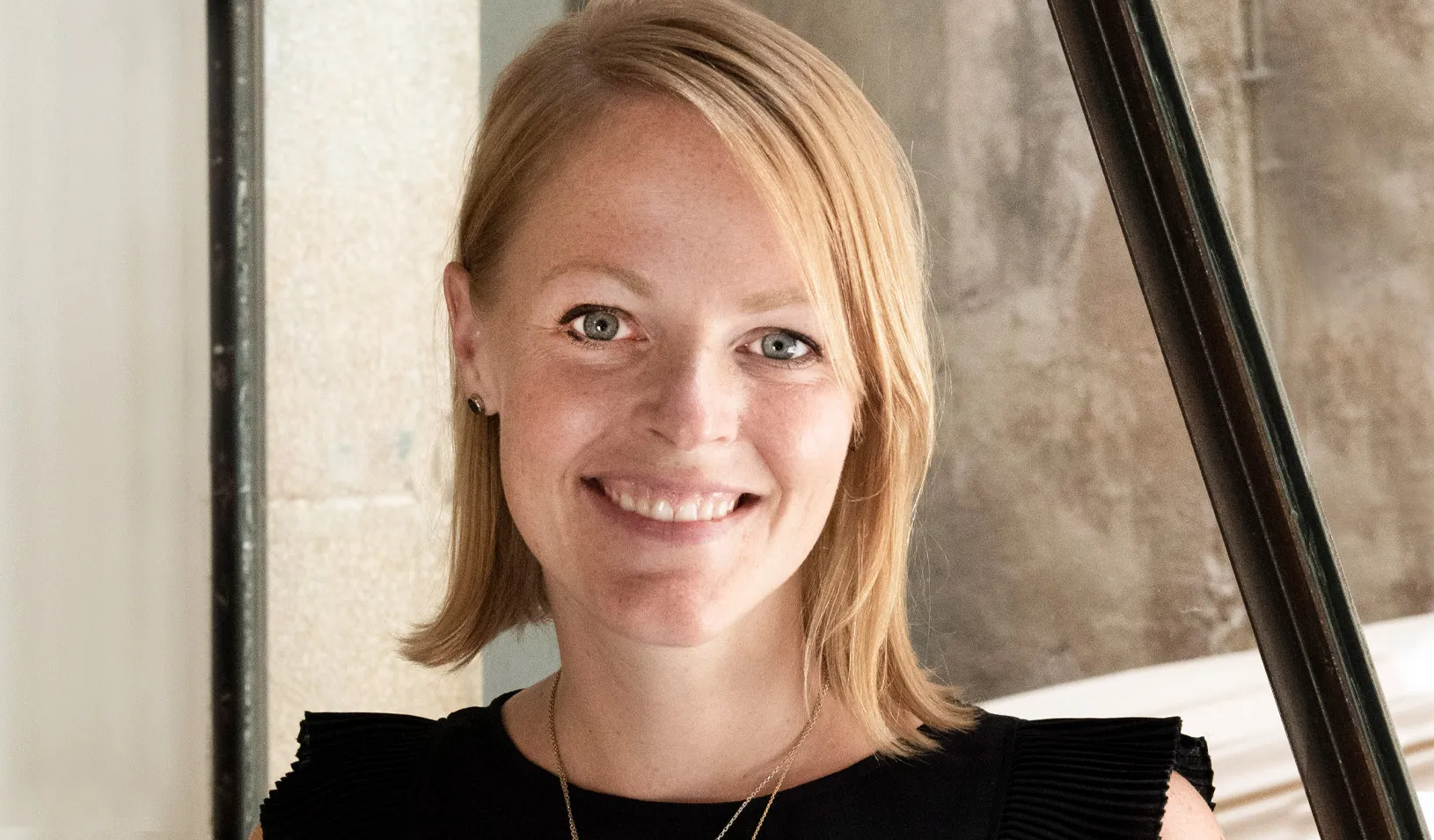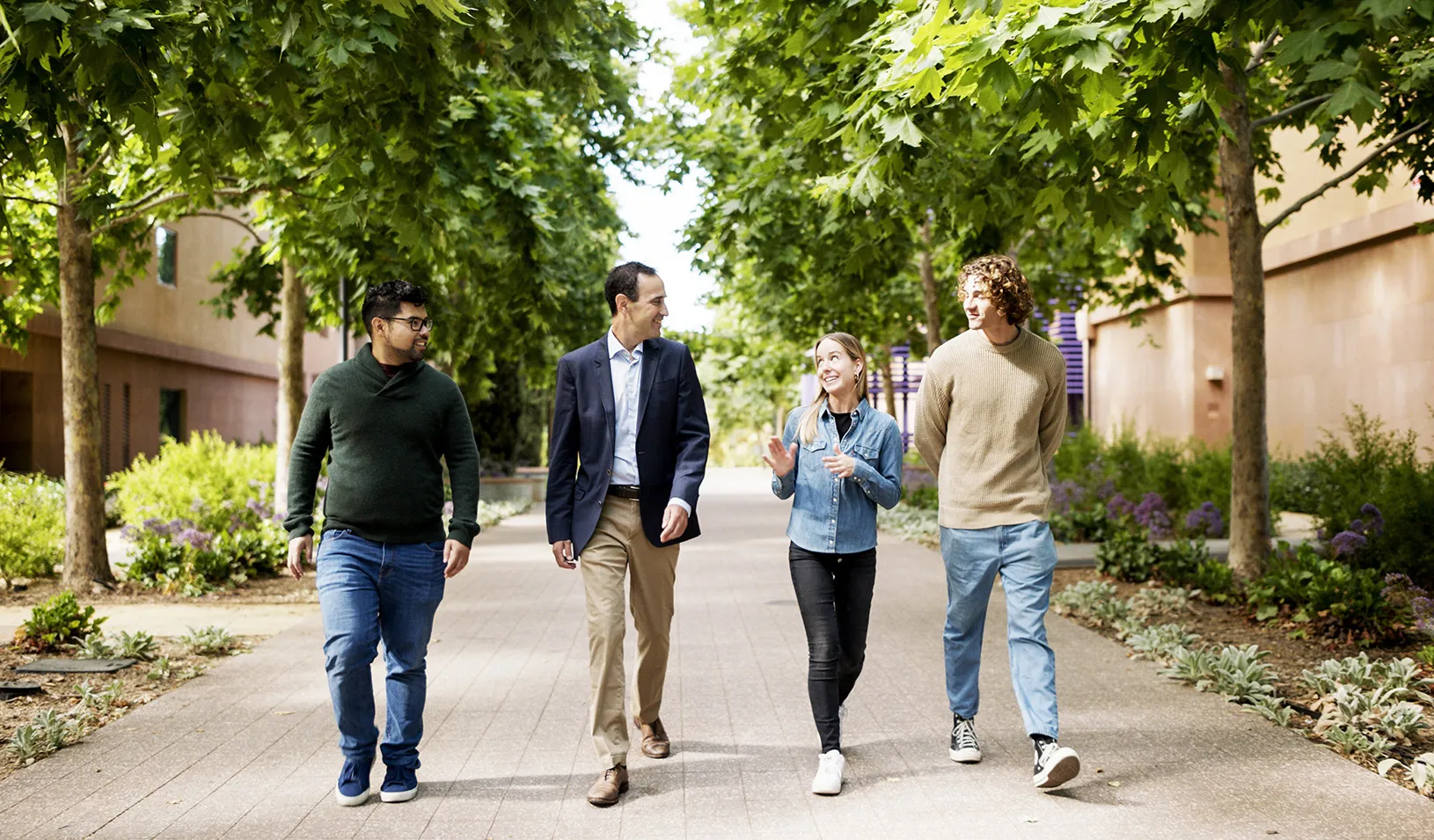Dean's Letter to Stanford Business School Alumni/ae
Robert L. Joss says the school is committed to maintaining a small student body size and highly personal experience for students.
September 01, 2001
At the beginning of my third year as dean of the Stanford Graduate School of Business, I am struck by the energy and excitement permeating this institution as reflected by the faculty, students, alumni/ae, staff, and other friends with whom I have been working.
We have made some important decisions about the school’s long-range goals and are moving forward to reach those objectives. As I shared with you in the August issue of Stanford Business magazine, feedback from our recent needs assessment reinforced my view that our intimate size is one of the key factors in the success of the school. After thoughtful consideration, we have made a commitment to remain relatively small, preserving the size of our MBA Program while expanding our Executive Education offerings.
Our mission — to be the world’s leading school of management education — is clear. How to accomplish that mission and maintain the school’s small size is our greatest challenge. We must continue our leadership in traditional academic fields and at the same time evolve our curriculum to embrace new ideas. To reach these goals, we look to our unique community of scholars, friends, and intellectual partners.
Community Is the Lifeblood of the School
I see our community as a living, active entity that sustains the school on many levels. The students, faculty, staff, graduates, friends, and other partners, such as the corporations that collaborate with us, infuse the school with new ideas and possibilities. We celebrate this sense of community at annual events, such as graduation, reunions, and conferences for alumni and business leaders. Our Alumni Relations team offers a variety of programs and services to reduce the geographic barriers that can hamper an ongoing relationship with the school. For instance, even if you can’t attend the alumni conference in Hong Kong this year, you can get information about the speakers and the program through the website and can browse information on a variety of research topics or view videos of presentations by faculty or visitors. To continue to meet the needs of alumni, Alumni Relations recently launched an improved version of the database, which provides facilitated networking and career services, including a new Global Workplace job search engine.
We are working hard to build community to benefit the school, our students, and the world around us. That means helping our current students look beyond their two years here to recognize the contributions of those who came before them and their own role in building the school’s future. It also means convincing our entire community to take ownership of the school’s mission by contributing to case studies and other research, meeting and mentoring current students, collaborating with faculty in teaching, or taking an active role in alumni programs.
In addition to soliciting direct feedback, we monitor public perceptions, such as those reflected in rankings reported by magazines and newspapers. As an example, last spring one poll reported recruiter dissatisfaction that we believe was sparked partially by the stiff competition for highly qualified job candidates in a tight labor market. While we cannot control market forces, we are working to improve recruiters’ experiences at the school. We also need you to express how much you value your business school experience by responding to surveys, supporting research and networking efforts, and participating in annual giving so that others may continue to benefit from the type of experience that previous generations made possible for you.
Renewed Focus on the Student Experience
One issue that seems to unite alumni and alumnae from all classes is the desire to sustain a positive student culture that combines high achievement with mutual support. We pride ourselves on the intimate nature of the MBA experience, particularly on the collaborative spirit that underlies our teaching and learning. Students not only become members of a specific MBA or Sloan class but also help shape the institution for those who follow. To encourage this process, we involve alumni in many aspects of student life; they now interview applicants and are scheduled this fall to take part in MBA orientation activities by attending dinners and leading discussion groups. Our goal is to help students understand both the benefits and the responsibilities that come with joining the Stanford GSB community.
Investment in Academic Resources
To maintain our high academic standards in this ever-changing environment, we must invest more in teaching, research, case studies, and course development. I believe we must increase the size of the faculty to ensure a comprehensive curriculum and research agenda and to provide depth by nurturing junior faculty members for our future. Increased efforts to build capacity met with success as we welcome 12 new faculty members this year, bringing our total tenured and tenure-track positions to 94.
We continue to realize benefits from existing academic centers and are launching others to focus research and teaching in specific areas and to increase interdisciplinary collaboration within the school and across the University. We are raising funds for the new Center for Social Innovation. In addition to focusing research and teaching on issues of nonprofit management, the center sponsored 48 nonprofit leaders in the new Executive Program for Nonprofit Leaders this summer and provides outreach through the Public Management Program, Alumni Consulting Teams (ACT), and community programs.
By reaching out to new audiences, we strive to increase our global impact. We are exploring ways to expand our Executive Education efforts, both through traditional classroom offerings and through electronically mediated learning, which will enable us to reach a wider audience by combining the best of a campus experience with learning online. We also are exploring new types of partnerships, such as the executive program Leading Change and Organizational Renewal, taught jointly this fall for the first time by our faculty and Harvard Business School faculty.
Implications of Our Financial Model
Our size, which is one of our strengths, is also a constraint — especially given our aspirations to excellence. We are known as a formula school, affiliated with and very much a part of Stanford University yet financially independent. We are responsible for funding our entire operation, as well as contributing our share to cover University expenses. Our annual operating budget has doubled in only five years to more than $90 million. Of that, just over half is generated through tuition and fees. About one quarter is covered by income from our endowment, and the remainder — an ambitious $20 million this year — must be raised annually through gifts from our alumni/ae, friends, foundations, and corporations.
This is a tall order. We need to increase the number of alumni/ae participating in annual giving each year, as well as the level of their gifts if we want to continue making the investments in research, education, people, and programs that are necessary to maintain the standard of excellence for which the Stanford MBA, PhD, Sloan, and SEP programs are known.
These investments in faculty, research, and technology are much like those you make for your retirement. We must invest aggressively now in the education of our students to see the returns later in the school’s enhanced ability to affect the world’s thinking about important business issues. Our graduates have the capacity to change their organizations, their communities, and the world.
The Stanford Graduate School of Business is recognized worldwide as a symbol of quality, producing research and graduating leaders who have an important effect on the business world. It was this reputation that attracted you to the school. To maintain it, we need to keep up the tradition of intellectual engagement and financial support among our community today. Our ambitions to impact the world of management may overshadow our small scale, but, with the efforts of the entire GSB community, our goals are achievable. That makes mine the most exciting job around!
By Robert L. Joss, Philip H. Knight Professor and Dean
For media inquiries, visit the Newsroom.
Explore More
Erin Nixon Joins Stanford GSB as Assistant Dean of Admissions

Nia Rose Froome, MBA ’23: Making Local, Fresh Food Available for All

New Research Fund Promotes Responsible Leadership for the Next Century
